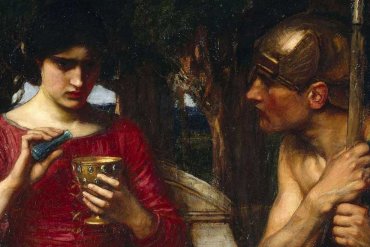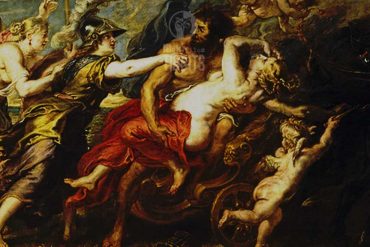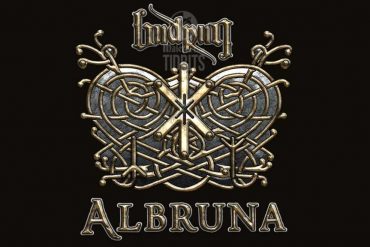For those who are into the multi-level and the different themes of the Maier Files already noted that one of the themes associates with the Grail Quest, the hidden knowledge and the search for this power. The quest of the Golden Fleece and the Argonauts has always been in connection with the quest of the Holy Grail. And yes, also...
Emerald. Above all, the glitter of gems has enchanted us and held us hostage. Despite their secret birth underground, they live a rather public life among us, admired, bought, sold, and hoarded. They have become ours in a way a hunk of raw granite never can. Gems have studded ears, adorned fingers, encircled arms, and emblazoned belly buttons. Bits of...
The number 12 symbolizes masculine solar rationality; 13 is very much connected with the Moon and old Goddess/feminine principle and intuition. The moon is by nature linked with womanhood as the length of the menstrual cycles are synced up with the waxing and waning of the moon, occurring around every 28 days. In the ancient times when people were more aware of nature, many women were synced up with the moon’s cycle, menstruating around the new moon and ovulating around […]...
Grimm writes that the Hörselberg of Thuringia was still considered in the 10th through 14th centuries to be the residence of the German goddess Holda and her host. He cited legends of night-women in the service of dame Holda. Those women rove through the air on appointed nights, mounted on beasts. He asserted that they were originally dæmonic elvish beings,...
Harvest festivals celebrated more than finished work for the season; they celebrated the capacity to survive the winter. The best known of these harvest festivals was the Eleusinian Mysteries, a weeklong celebration in ancient Greece that fell close to the Autumn Equinox. The equinox is not just a one-day event It can happen over a span of two to three...
The anima as a friend or soror mystica (mystical sister) has always played a great role in history. In the “cours d’amour” (courts of love) of René d’Anjou she even takes precedence over the wife. The term maîtresse actually means mistress or master. In the Middle Ages, for example, the worship of the anima led to courtly love, in which the knight was committed to his lady and was at her service. In later history we know of women such […]...
Harvest traditions have roots in Eleusis. The foundation of the Mysteries of Eleusis was the story of Demeter and Persephone. In this tale, Hades fell in love with Persephone and kidnapped her from the fields where she played, taking her back to his kingdom in the underworld. When Demeter discovered her child missing, she searched everywhere on Earth for her....
In ancient times the Maidenschaft (Society of maidens) was organized in 4 groups, which are the Hexas (the lowest group), the Drudas, the Walas and finally the Albrunas. The Hexas group had as their duty the care and preservation of the eternal flame. These Hexas were also initiated into herbology and arts of animal-healing. DRUDAS The DRUDAS, however, provided service...
Crows are brought up in the mythology of countless cultures around the world as they are frequently characterised as guides for traveling between worlds. European folklore explains that crows convene courts, pass judgments, and also execute guilty members. Connected with the Goddess’s death aspect, crows came to be perceived as evil or simply fearsome. Witches’ foot In medieval days, finding the foot of a crow, often referred to as a witches’ foot, was considered a mark or sign of death. […]...
Since the dawn of civilization, labyrinths have fascinated humankind. Knossos in Crete, has a distinctive circular maze design with seven rings. Exactly the same design appears mysteriously at different periods in history on stones and artifacts as far apart as India, Norway, Germany, Ireland, England, Arizona, … In English, the term labyrinth is generally synonymous with maze. As a result...
Apart from gods or goddesses, medieval authors often refer to female guardian spirits identified as dísir and sometimes fylgjur. The conceptions under-lying these two kinds of spirits undoubtedly differed initially, however some of the later authors employed the terms interchangeably. Reference is made several times to sacrifice to the dísir, conducted at the start of the winter season. The ritual...
The sator a repo formula was well known throughout the ancient and medieval worlds, and in fact, known as the “Devil’s latin” or the “Devil’s Square”. It remained quite popular in Scandinavia into the 19th century as protection against theft and various illnesses. The magical effect of the formula lies in the fact that if properly spelt and laid out, it constitutes a 25 letter word-square, reading the same horizontally and vertically, left to right and in reverse: SATOR AREPO […]...













